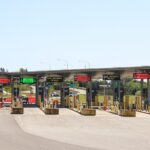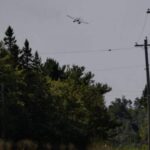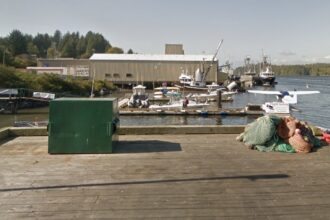The harrowing flight through walls of flame and choking smoke has left Saskatchewan MLA Betty Nippi-Albright visibly shaken as she recounted her narrow escape from the La Ronge wildfire zone this week. “I’ve never seen anything like it—the sky turned black in minutes, and then the flames just seemed to explode around us,” Nippi-Albright told reporters from her temporary accommodations in Prince Albert.
The unprecedented intensity of the 2025 wildfire season has already consumed over 120,000 hectares across northern Saskatchewan, forcing nearly 4,000 residents to flee with little more than the clothes on their backs. Provincial emergency officials confirmed late Wednesday that the La Ronge complex of fires has now merged into what they’re calling a “mega-fire event” that threatens multiple communities.
“I was visiting constituents when emergency alerts started blaring on everyone’s phones,” explained Nippi-Albright, who represents the Saskatoon Centre riding but was in the north consulting on Indigenous community initiatives. “We had perhaps 30 minutes to evacuate. The devastation is real—watching families grab what little they could while abandoning homes they’ve lived in for generations.”
The Saskatchewan Public Safety Agency has deployed over 450 firefighters and 18 water bombers to combat the blaze, but unfavorable weather conditions continue to hamper containment efforts. Environment Canada meteorologist Terri Lang noted that the region has experienced record-breaking temperatures coupled with unprecedented drought conditions throughout the spring.
“What we’re seeing in northern Saskatchewan represents a dangerous new normal,” explained Dr. Michael Flannigan, wildfire specialist at the University of Alberta. “The data shows these fire events are becoming 40% more frequent and significantly more intense than what we documented even a decade ago.”
Premier Scott Moe, speaking from Regina, announced the allocation of $25 million in emergency funding while requesting additional federal assistance. “We’re facing an extraordinary challenge that requires extraordinary measures,” Moe stated at a CO24 News press conference. “Our priority remains the safety of Saskatchewan residents and supporting those displaced by these devastating fires.”
For evacuees like Elder Joseph McKenzie, the uncertainty weighs heavily. “My family has lived in La Ronge for four generations. Everything we own is there—our history, our memories. Now we don’t know if there will be anything to return to,” he said, his voice breaking.
The Canadian Red Cross has established three emergency shelters in Prince Albert, Saskatoon, and Regina, with capacity for up to 5,000 evacuees. Corporate and community donations have already exceeded $3.2 million, but officials warn the need may grow as the fire situation evolves.
Nippi-Albright’s experience has brought renewed attention to Canada’s changing climate reality. “What I witnessed wasn’t just a forest fire—it was nature responding to how we’ve treated it,” she reflected. “When you’re driving through a tunnel of flames with children crying in the backseat, climate change isn’t some abstract concept anymore.”
Emergency management experts predict the evacuation order for La Ronge and surrounding communities may remain in effect for at least three weeks, depending on containment progress and structural assessments.
As northern communities face this growing threat, a difficult question emerges: how will Saskatchewan balance its resource-dependent economy with the increasingly unavoidable realities of a changing climate that threatens the very communities that have sustained the province for generations?
























